Marble polishing is a multi-step process that enhances the natural beauty of marble by bringing out its luster, color, and pattern. Polishing not only gives marble a smooth, glossy finish but also helps protect it from stains and scratches. Here’s a look at the typical steps involved in marble polishing:
Steps in Marble Polishing Processing
Surface Preparation:
Cleaning: First, the marble surface is thoroughly cleaned to remove dust, dirt, and any stains. This ensures the polishing process is even and effective.
Crack and Chip Repair: Any cracks, chips, or imperfections are filled or repaired to create a smooth surface for polishing.
Grinding:
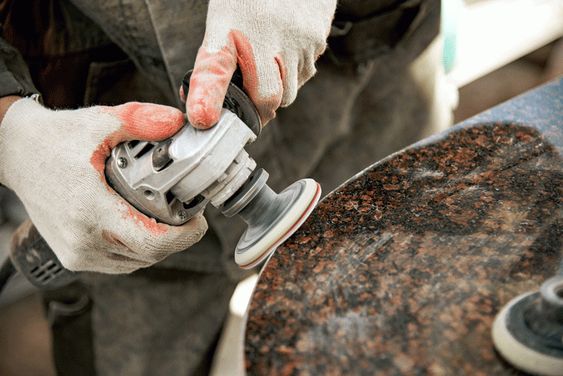
Coarse diamond abrasives or grit pads are used to grind the marble surface. This step removes any scratches, stains, or uneven areas and smooths out the surface. It’s the first stage in leveling and smoothing the marble.
Honing:
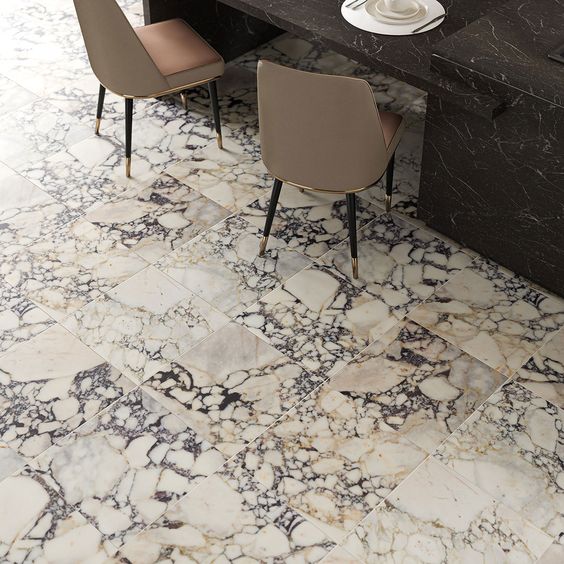
Finer abrasives are applied to the surface to further refine and smooth it after grinding. Honing removes any remaining scratches and prepares the surface for polishing, giving it a matte finish. This step highlights the natural colors and veins of the marble.
Polishing:

Polishing pads with even finer diamond abrasives are used to achieve the desired level of gloss. This step enhances the stone’s natural luster and brings out its rich colors. Water is often used during polishing to prevent overheating and reduce dust.
Buffing:
Buffing is a final step to enhance the marble’s shine. A polishing powder or cream specifically made for marble is sometimes applied to achieve a high gloss and further protect the surface.
Sealing (Optional):
After polishing, a sealer may be applied to protect the marble from moisture, stains, and etching. This step is especially recommended for surfaces like countertops and floors to help keep the marble looking pristine over time.
Final Cleaning:
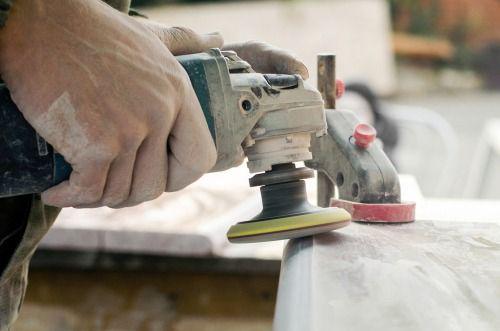
Once polishing and sealing are complete, the marble surface is cleaned with a pH-neutral cleaner to remove any residual polishing compounds, leaving the marble spotless and gleaming.
Benefits of Marble Polishing
Enhanced Appearance: Polishing accentuates the natural beauty, color, and veining of marble, giving it a luxurious, mirror-like finish.
Increased Durability: Polished marble is less porous and more resistant to scratches, stains, and damage from spills, helping to extend its lifespan.
Easier Maintenance: A polished surface is smoother and easier to clean, as dirt and dust are less likely to adhere to it.
Improved Value: Polished marble adds value to a property, as it creates a high-end look and maintains its appeal for a longer period.
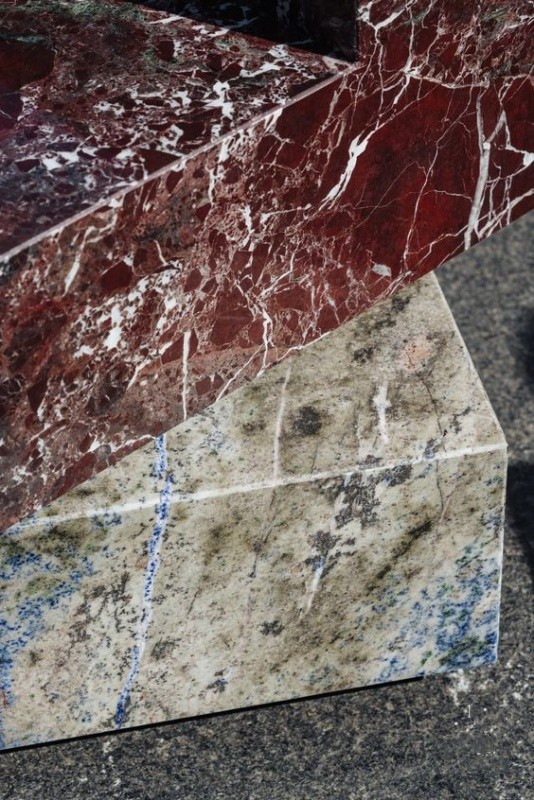

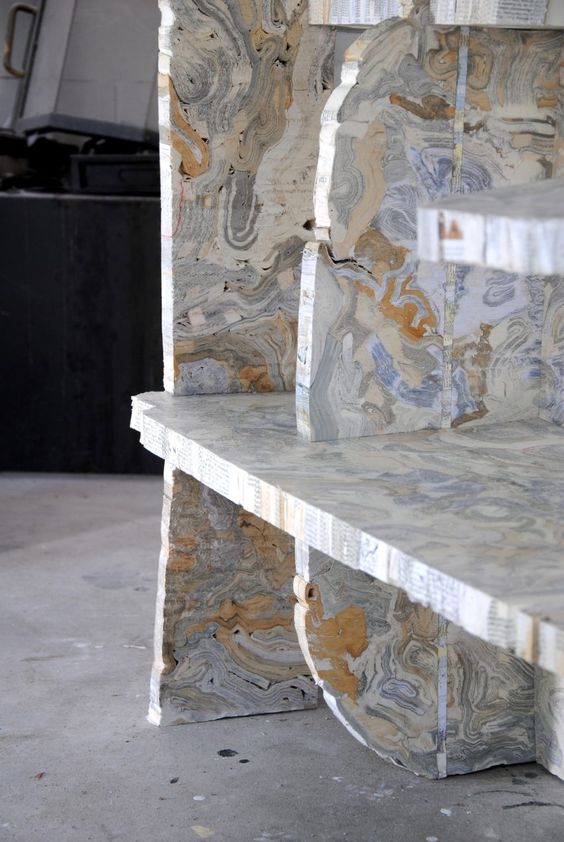
Marble polishing is a professional process that brings out the natural beauty and durability of marble, making it ideal for floors, countertops, walls, and other decorative surfaces in both residential and commercial settings.
Our hours
Mon - Friday : 9 AM - 6 PM
Sat - Sun : Online Service
(all hours are Beijing Time)